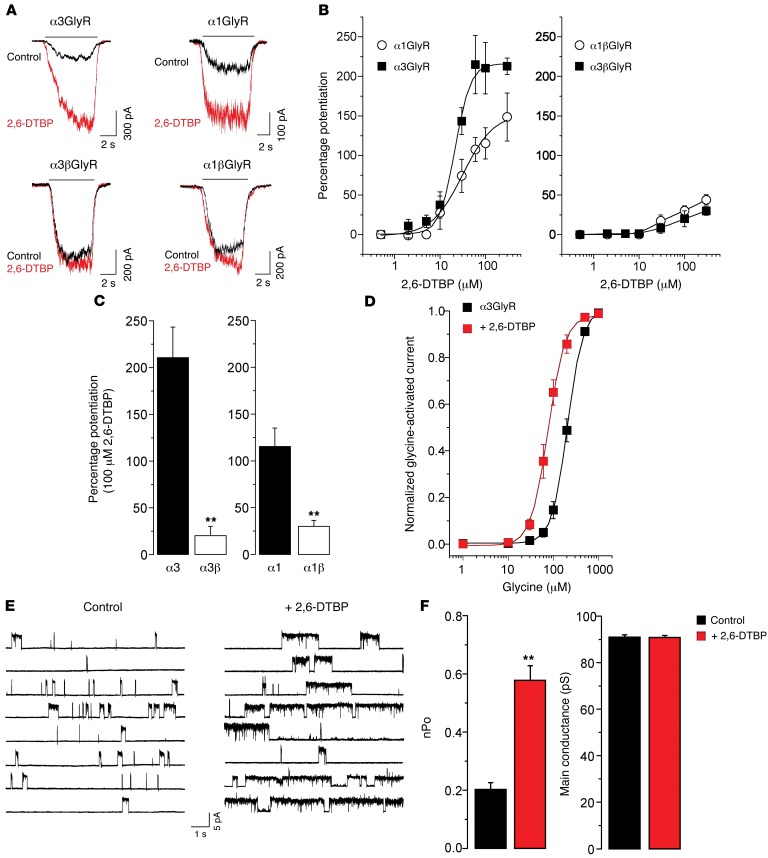Figure 1. Modulation of recombinant GlyRs by 2,6-DTBP in HEK293T cells.
(A) Example whole-cell current traces evoked by glycine (EC10) in the absence or presence of 2,6-DTBP (100 μM) in homomeric α3 or α1GlyRs, and in heteromeric α3β or α1βGlyRs. (B) Concentration-response curves of 2,6-DTBP obtained with an EC10 of glycine in homomeric α3 or α1GlyRs, and in heteromeric α3β or α1βGlyRs. (C) Heteromeric α3/β and α1/βGlyRs are significantly less susceptible to modulation by 2,6-DTBP than homomeric α1 and α3GlyRs. **P < 0.01, unpaired t test. (D) Concentration-response curves of glycine for the homomeric α3GlyR in the absence or in the presence of 2,6-DTBP (100 μM, red). (E) Single-channel current traces recorded from membranes expressing α3GlyRs in the presence and the absence of 2,6-DTBP (10 μM). (F) 2,6-DTBP increases ion channel open probability (nPo) but not single-channel main conductance. **P < 0.01, paired t test. Data are the mean ± SEM from 6 to 10 cells (B–D) or 6 patches per group (F).

